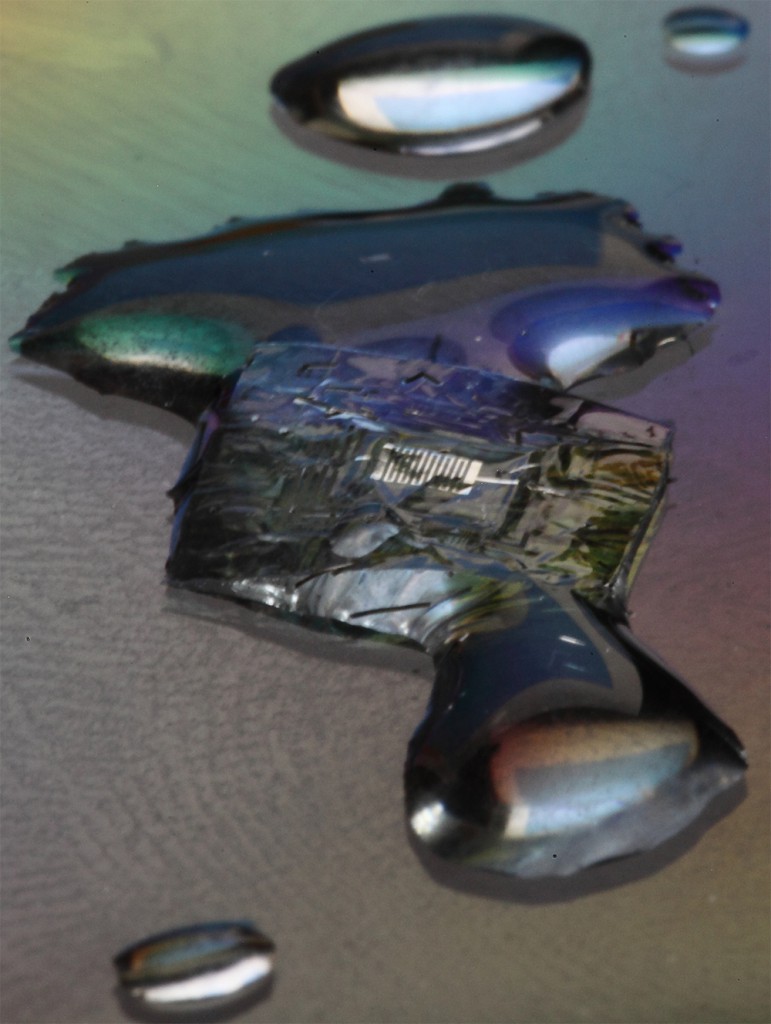Sophisticated electronics is used in nearly everything today, including military gear and weapons. The electronics has become necessary for operations, but it is almost impossible to track and recover every device used on the battlefield, which means that some of them might be captured by the enemy and repurposed or studied to compromise strategic technological advantage. What if these electronics simply disappeared when no longer needed?
The U.S. defense advanced research projects agency (DARPA) is working on a project called vanishing programmable resources (VAPR) program with the aim of revolutionizing the state of the art in transient electronics or electronics capable of dissolving into the environment around them. Recently the agency awarded IBM with a $3.45 million contract for researching everything that is needed to create self-destructing electronics, e.g., computer chips.
The VARP program seeks electronic systems capable of physically disappearing in a controlled, triggerable manner. These transient electronics should have performance comparable to commercial-off-the-shelf electronics, but with limited device persistence that can be programmed, adjusted in real-time, triggered, and/or be sensitive to the deployment environment. The key goal of the VAPR is to develop and establish a basis set of materials, components, integration, and manufacturing capabilities to undergird this new class of electronics.
IBM plans is to utilize the property of strained glass substrates to shatter as the driving force to reduce attached CMOS chips into Si and SiO2 powder. A trigger, such as a fuse or a reactive metal layer will be used to initiate shattering, in at least one location, on the glass substrate. An external RF signal will be required for this process to be initiated. IBM will explore various schemes to enhance glass shattering and techniques to transfer this into the attached Si CMOS devices.
While the principle of “transient electronics” is fairly easy to understand, it is unclear how such electronics can survive (or not self-trigger) in harsh environments of the combat zones. Moreover, it is uncertain how one could ensure that he or she is remotely destroying a compromised chip, not a processor that is currently used on the battlefield?
KitGuru Says: Many paranoids around the world believe that virtually all modern chips contain logic that can destruct them. Well, the paranoids can now relax: self-destructing electronics is only incoming.
 KitGuru KitGuru.net – Tech News | Hardware News | Hardware Reviews | IOS | Mobile | Gaming | Graphics Cards
KitGuru KitGuru.net – Tech News | Hardware News | Hardware Reviews | IOS | Mobile | Gaming | Graphics Cards



